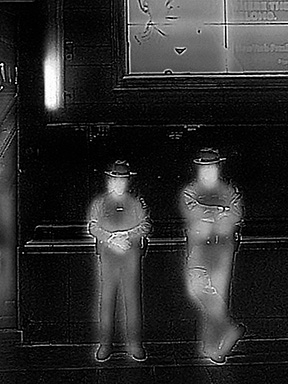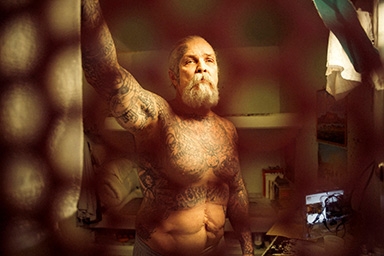Three photographers win $30,000 Catchlight fellowships
Photographers win $30,000 Catchlight fellowships to be used for photography projects that focus on social issues
• July 2017 issue
Three photographers received the first annual CatchLight Fellowship—a $30,000 grant for thought-provoking photography projects intended to further social good. More than 300 photographers applied for the grants, submitting portfolios, project proposal essays, and letters of recommendation, as well as participating in an interview process. They also were required to identify a partner organization they’d like to team up with on their proposed projects.

Sarah Blesener: Drawing on her previous photographic series documenting nationalism among youth in Russia, New York-based Blesener will address youth patriotism and nationalism in the United States. “It’s a very interesting time to have those conversations,” says Blesener, who will be on the road over the next year photographing young people throughout the country at military schools and in Army ROTC programs, for example. She’s teamed up with Reveal from The Center for Investigative Reporting, which will give her the opportunity to collaborate with writers and a production team. “I was not expecting to get this at all,” says Blesener, who just graduated from the International Center of Photography. “It was a very happy surprise.”

Tomas van Houtryve: Paris-based Houtryve will use wet plate collodion photography to capture portraits of Mexican subjects in the western United States. Many people don’t realize that Mexico occupied present-day California, Utah, Nevada, and New Mexico before the Mexican-American War in the 1840s, he explains, and since photography was in its infancy at that time, there are no photos to show it. “I will use this old process to give the Hispanics roots and heritage in the far [American] West—that visual record that they never got.” He’s partnered with The Pulitzer Center on Crisis Reporting and will talk about his work in high school and college classrooms.
Brian Frank: The San Francisco-based photojournalist will document alternatives to traditional incarceration in California, focusing primarily on youth and minorities in the East Bay, Oakland, Central Valley, and Fresno areas. For example, in Richmond, California, the Office of Neighborhood Safety facilitates mentoring between ex-cons and at-risk youths, who receive a monthly stipend for staying out of trouble. “It has had amazing results in Richmond, California, and is an example of doing something different to break the cycle of violence and incarceration in these neighborhoods,” Frank says. He hopes to document a variety of programs—one he’s already working with is a youth incarceration camp, an alternative to the state penitentiary for prisoners who elect manual labor over sitting in a cell for the remainder of their sentences. Frank will collaborate with the The Marshall Project, a nonprofit news organization that covers the U.S. criminal justice system.


 View Gallery
View Gallery


